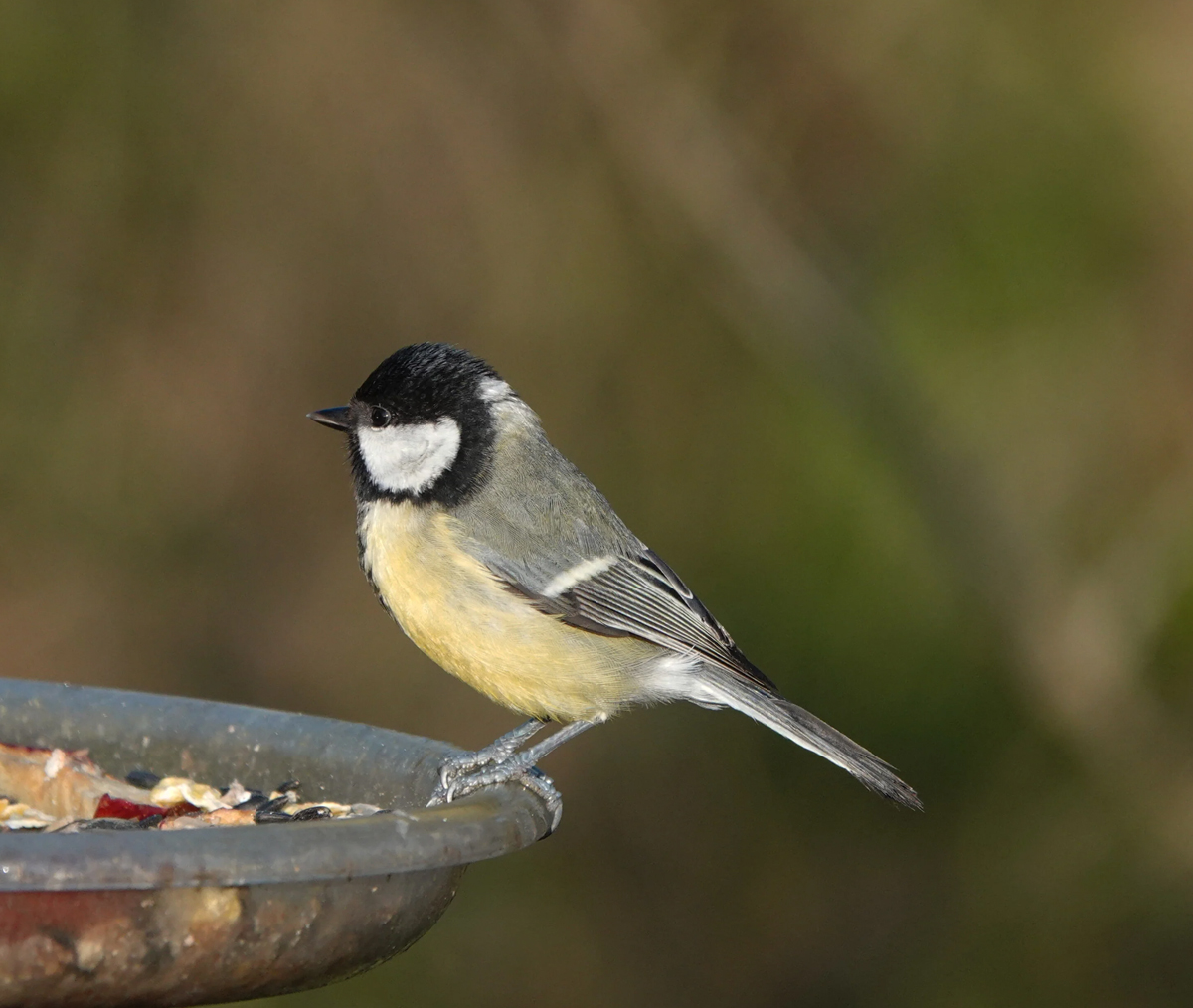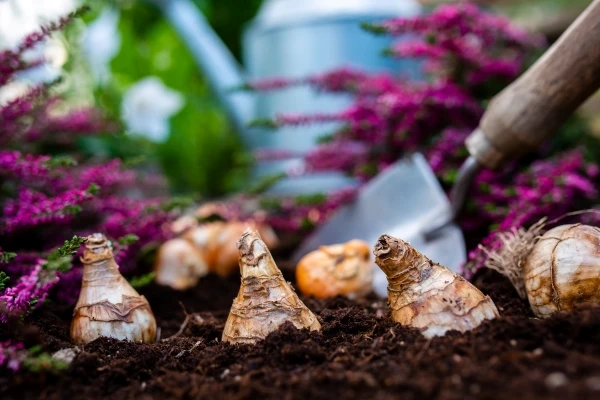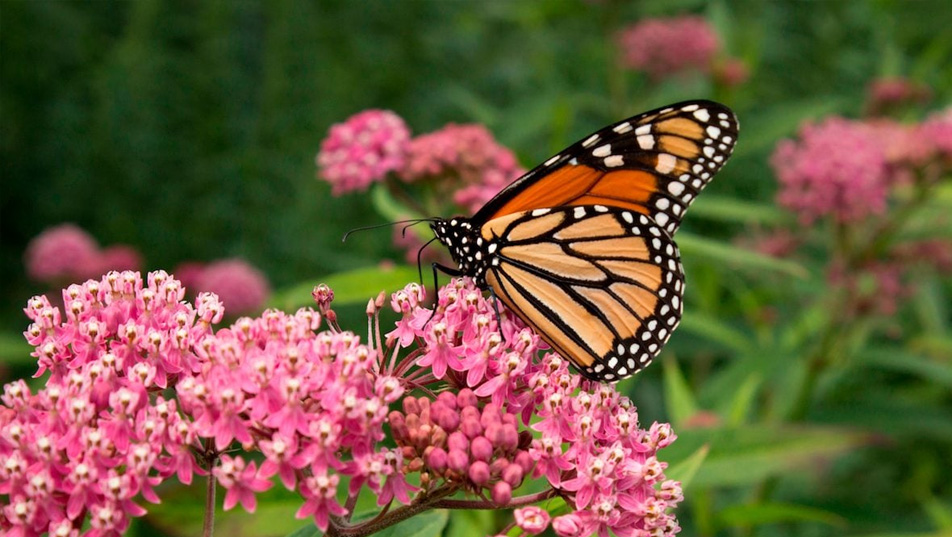
Enjoying M&Ms…. Monarchs and Milkweeds!
M & M’s… it’s not about candy! M is for Monarch; M is for Milkweed.
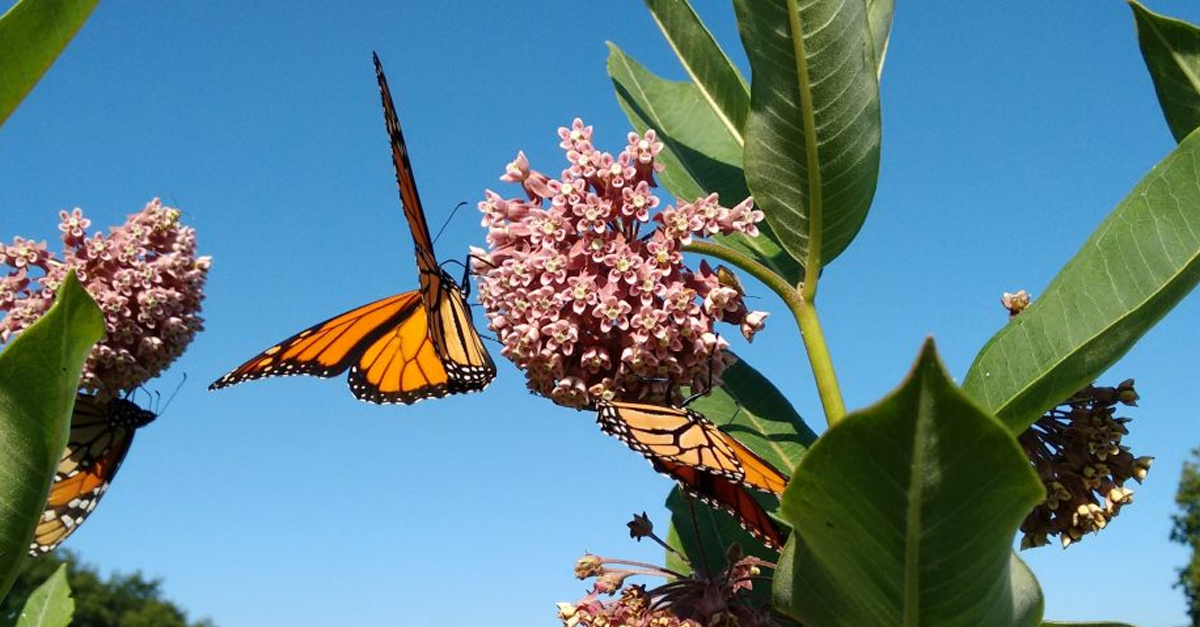
Monarchs are widely recognized, cherished, and endangered, and we can play a part in protecting them. Did you know that milkweeds (Asclepias) are the only plants that the female Monarch will deposit her eggs on? No milkweed = no Monarchs. M & M’s go hand and hand in the garden. Adding milkweed is an easy choice, and there are many to choose from. A few simple requirements: full sun and well-drained soil.
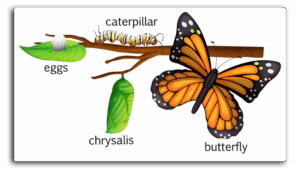
Understanding the four life cycle stages of Monarchs:
1) Eggs, found on the undersides of milkweed leaves, hatch in 4 days. Inside each eggshell is a tiny larva that eats its way through the shell and finishes it prior to feeding on milkweed leaves.
2) Caterpillars grow in five instars in 10-14 days. As the caterpillar grows, it sheds and eats its skin as it continues to the next instar. Milkweed leaves are their critical source of food. It is important to note that only the caterpillars eat – eggs and adults do not! The adult butterfly seeks nectar from an assortment of flowering plants for nourishment.
3) Metamorphosis from caterpillar (larva) to adult happens during the pupal stage. The chrysalis (pupal casing) holds all the magic as the caterpillar transitions into a butterfly inside this chrysalis.
4) Alas, the Monarch! After 8-12 days, the adult butterfly appears and hangs onto the chrysalis, pumping fluid through its veins, before it takes its maiden flight.
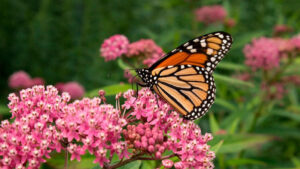
‘Candy’ that Monarchs like include:
Egg and caterpillar stages: Milkweed – Asclepias
Adult/butterfly stage: Penta, Zinnia, Lantana, Yarrow, Black-eyed Susan, Coneflower, Liatris, and Joe-Pye Weed

Can you tell the difference between male and female monarchs? Females have darker coloration with wider black veins than males; males have a black spot on a vein on its hind wings that females do not have.
Words to the wise: avoid the use of insecticides around pollinators!

